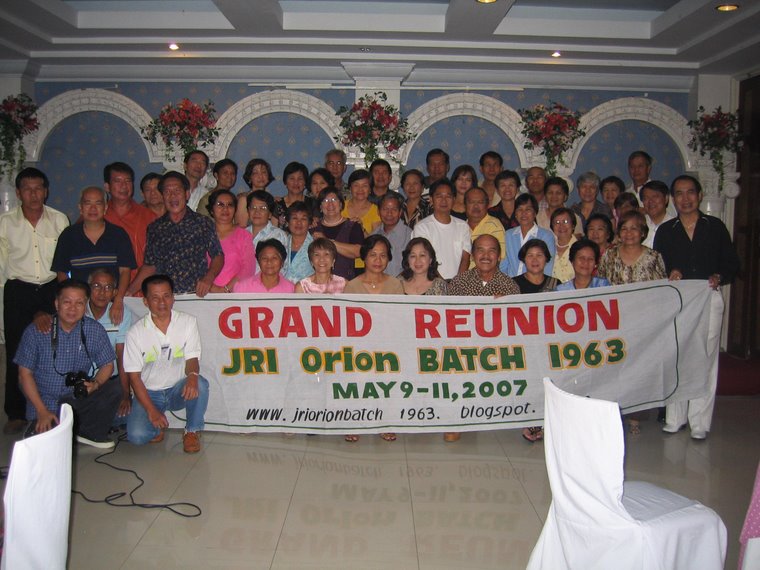Knowing your way around a wine list is a key skill to have if you want to impress your boss or client at a meal. This quick guide to the top varietals will help you understand exactly what’s different about a chardonnay and a Chablis.
Beaujolais (boh-zhoh-lay): A light, fruity red wine from the Beaujolais region in southern Burgundy.
Bordeaux (bore-doh): A region of southwestern France and home to what many consider some of the world’s greatest wines. Bordeaux wines are usually a blend of grapes including cabernet sauvignon, merlot, cabernet franc. (See also claret and meritage.)
Burgundy (ber-gun-dee): Many consider France’s Burgundy region to be the home of the world’s best wines, and the Burgundy versus Bordeaux thing is a big catfight among wine snobs. White Burgundies usually come from chardonnay grapes and red Burgundies from pinot noir. Inexpensive American wines labeled “Burgundy” are fakes.
Cabernet sauvignon (ca-ber-nay soh-vin-yon): Considered one of the “noble” red wine grapes because of its high quality, “cab” is usually dark and full-bodied.
Chablis (sha-blee): White wine made from chardonnay grapes in the Chablis region of northern Burgundy, France. Any wine labeled Chablis that doesn’t actually come from Chablis is not a true Chablis.
Champagne (sham-pain): Sparkling or bubbly wine made in the Champagne region of France. Other types of bubbly include cava (Spain), prosecco (Italy), spumante (Italy), and sekt (Germany). Most others are just sparkling wine.
Chardonnay (shar-doh-nay): The world’s most-produced white wine. Robust and highly versatile, this grape can pick up all kinds of flavors. In general, French chardonnays, such as Chablis, have a simpler taste, while California-style “chards” are full of fruit and oak.
Chateauneuf-du-Pape (sha-toh-noof-doo-pop): Literally “new castle of the Pope” (it’s a medieval thing), Chateauneuf-du-Pape wines are usually made from a blend of grapes and can be either red or white. Considered quite fine (Ernest Hemingway was a big fan), they can be identified by the papal coat of arms on the bottle.
Chianti (kee-ahn-tee): A dry red wine from Tuscany, in northern Italy, made from sangiovese and other grapes.
Claret (clar-ette, not clar-ay): A peculiar term used in England for red Bordeaux wines or wines in the same style. It comes from a misunderstanding that stems back to the Middle Ages. Don’t ask.
Cotes-du-Rhone (coat-doo-roan): Red and white wines made from the French Cotes-du-Rhone region made from a blend of varietals.
Gewurztraminer (gah-vert-strah-mee-ner): A white grape grown in Alsace, Germany; New York; and on the west coast of the U.S. “Gewurz” wines tend toward the sweet and fruity end of the spectrum.
Meritage (like “heritage” but with an “m”): A term used to distinguish wines made in the style of Bordeaux blends outside the Bordeaux region. They’re basically clarets made in the U.S., Australia, or South Africa.
Merlot (mer-loh): The ever-popular red grape, second only to cabernet. Merlot varies from medium- to full-bodied and can sometimes be mistaken for cab.
Pinot blanc (French: pee-noh blahnk), pinot grigio (Italian: pee-noh gree-zhee-oh): A white grape that produces a dry, full-bodied white wine.
pinot noir(pee-noh nwar): A red grape originally from the Burgundy region of France but now grown in California, Oregon, and elsewhere. It can make highly complex wines, often described as earthy and velvety.
Pouilly-Fuisse (poo-yee fwee-say): A white Burgundy made from chardonnay grapes.
Riesling (reez-ling): A German white grape from the Rhine and Mosel regions that makes a slightly sweet, somewhat acidic wine.
Rioja (ree-oh-ha): Blended red, white, or rose wines made in Spain’s Rioja region.
Rose (roh-zay): Pink wine made from red grapes, with the skins left in just long enough to tint the juice. There are many good roses, but steer clear of white zinfandel, white shiraz, or blush wines. They’re strictly for rookies.
Sauvignon blanc (soh-vin-yon blahnk): A white grape from the Loire and Bordeaux regions of France. Now grown just about everywhere, it makes a light, refreshing wine.
Shiraz (shih-raz): Syrah from Australia or South Africa.
Syrah (sir-ah): A red grape from the Rhone region of France, often used in Chateauneuf-du-Pape wines. Now grown all over the world, syrah is a popular varietals on its own.
Zinfandel (just as it is spelled): California’s special wine, noted for its raisin and jam flavors. Initially believed to be an indigenous grape, DNA sourcing has shown it to be identical to grapes grown in Italy and Eastern Europe. The California climate renders these wines unique, which just goes to show that region can trump varietals in wine-making.
By: Michael Mattis
HOMEMADE TIKOY!!!
12 years ago



















No comments:
Post a Comment